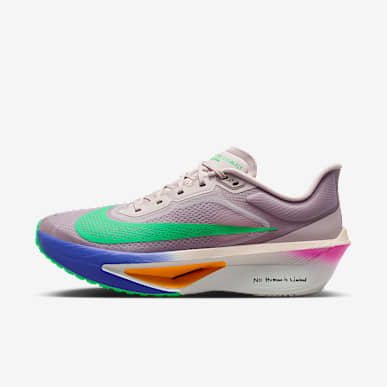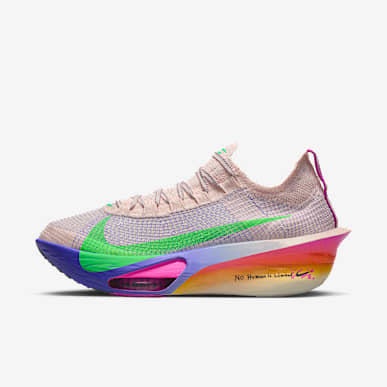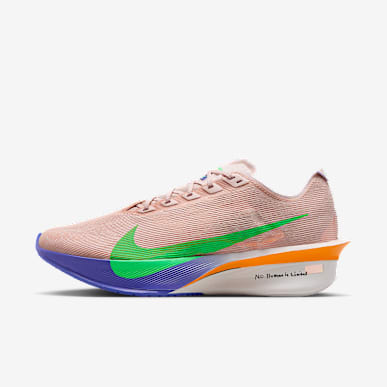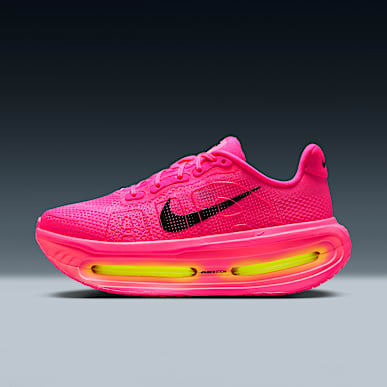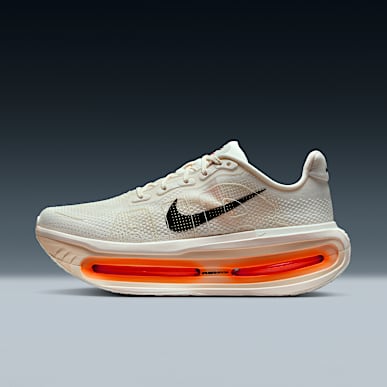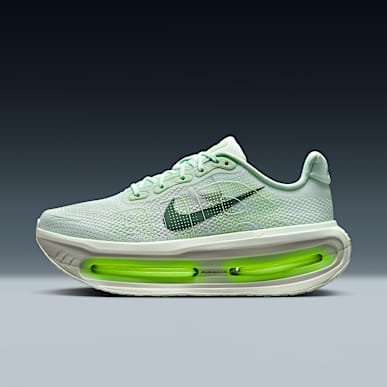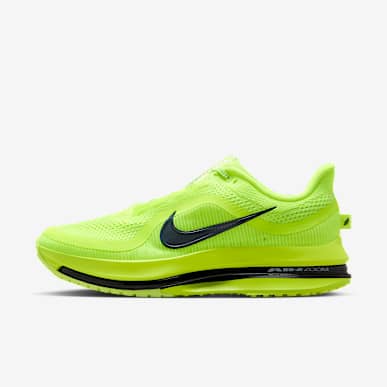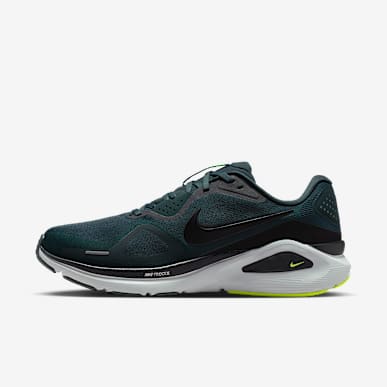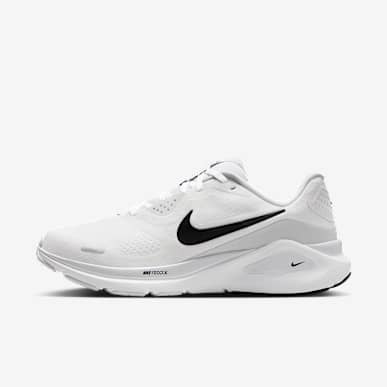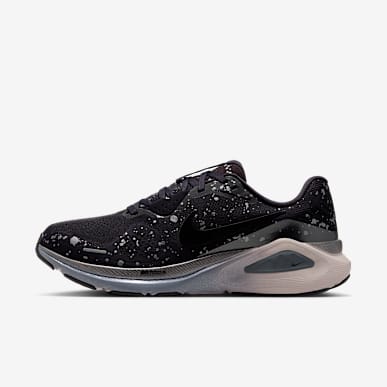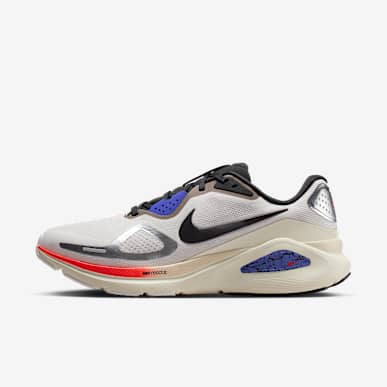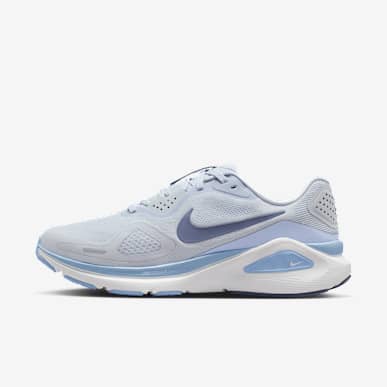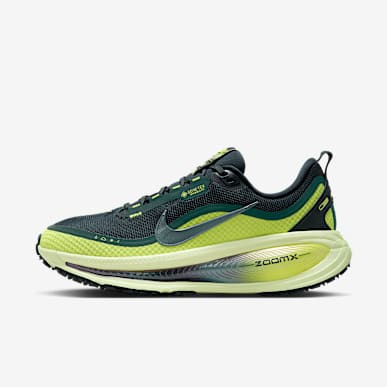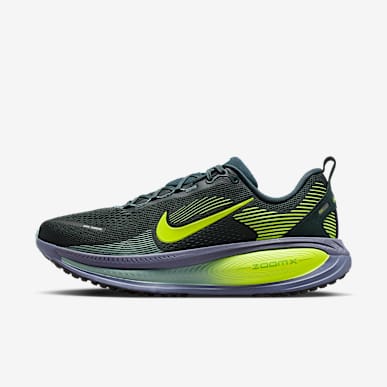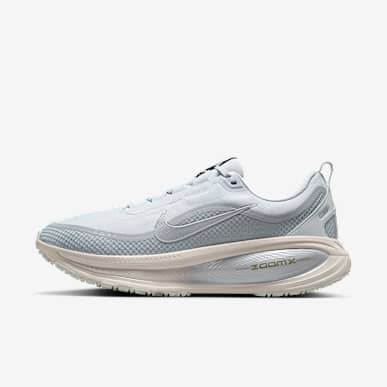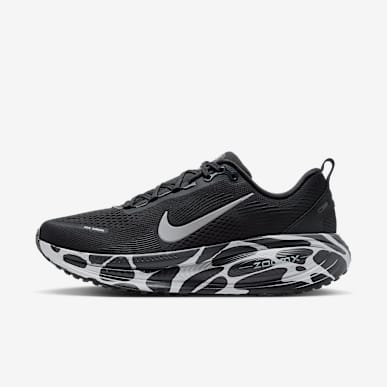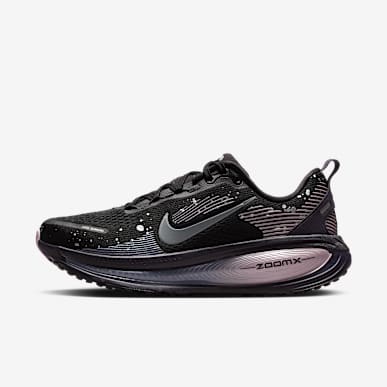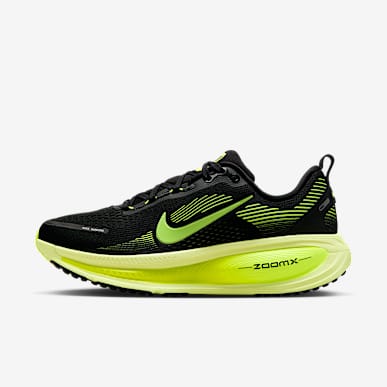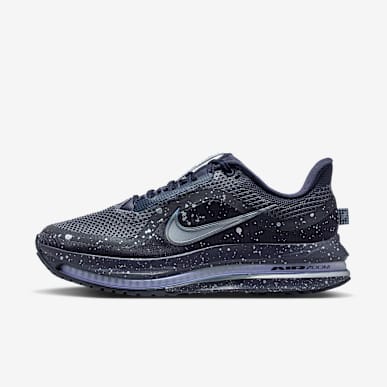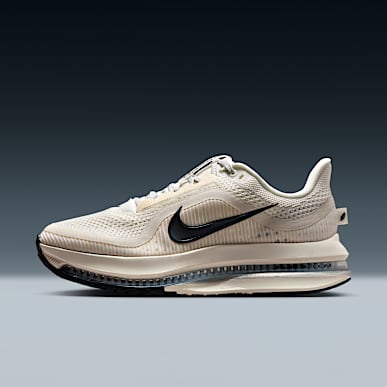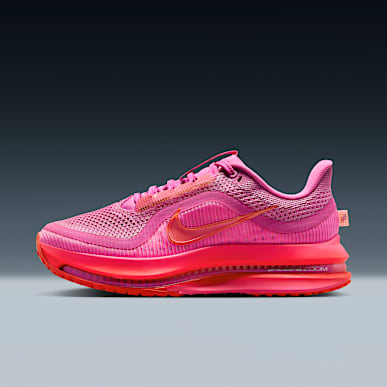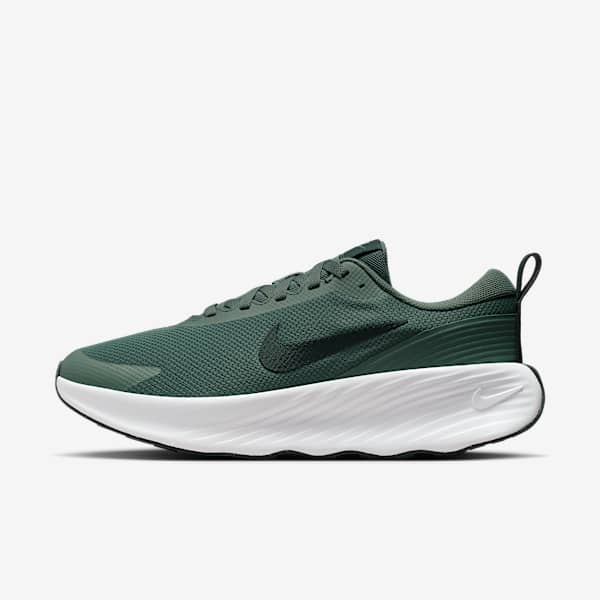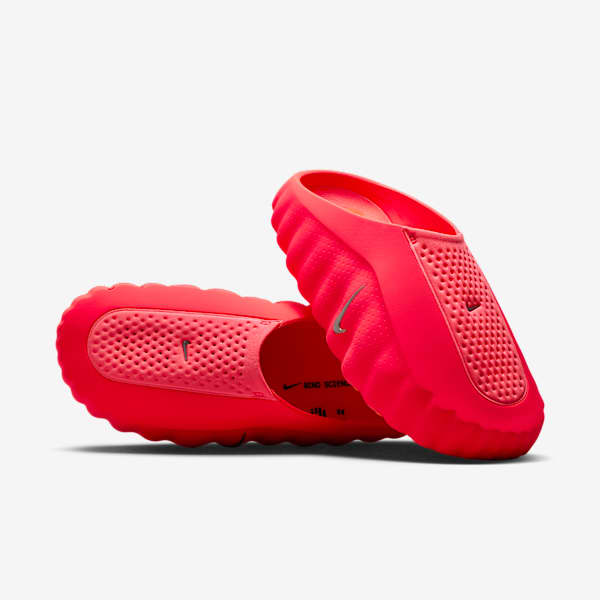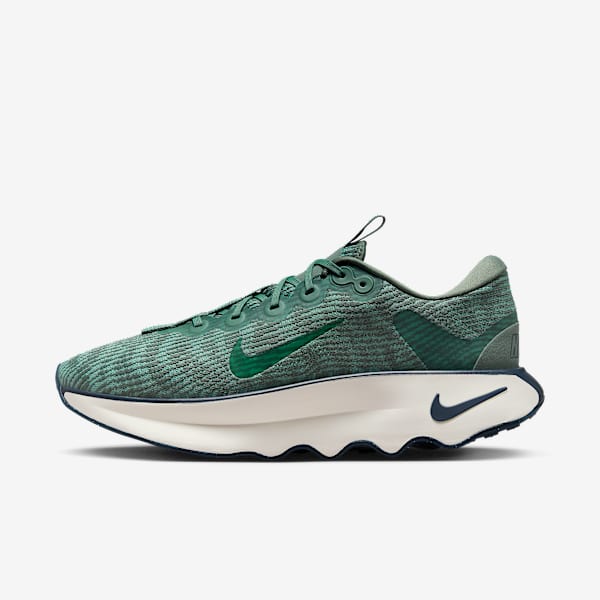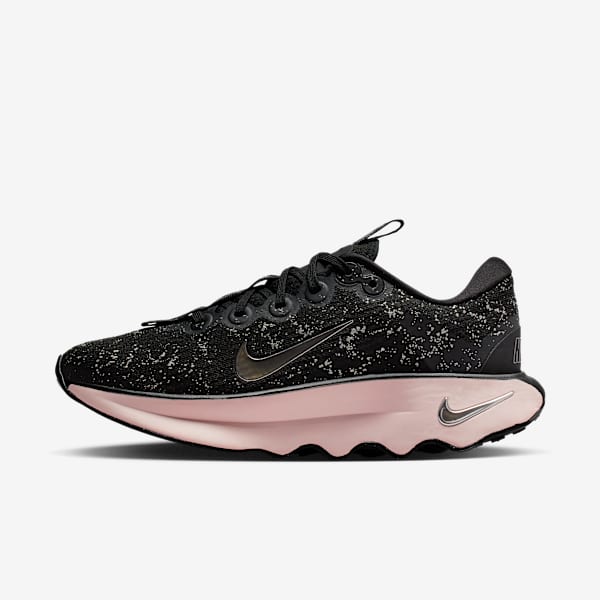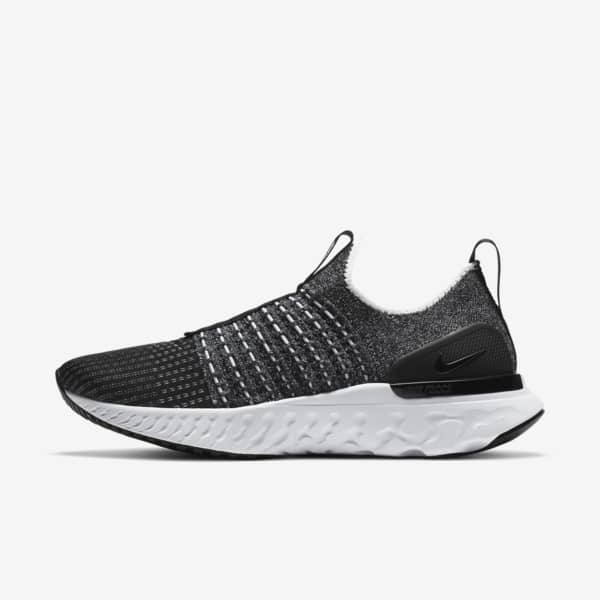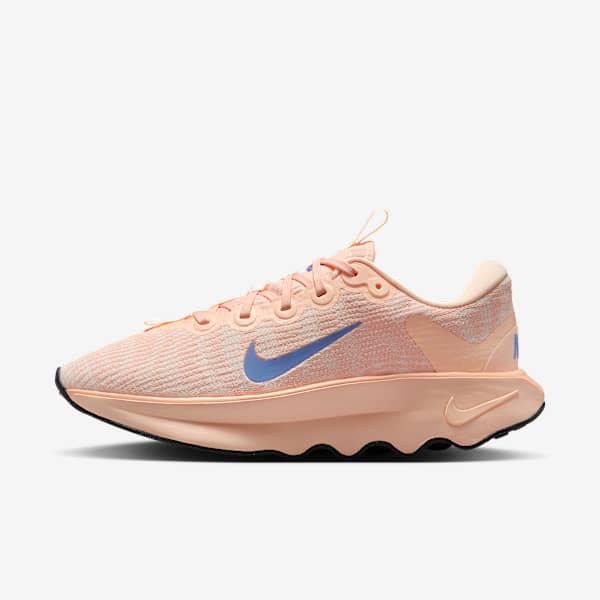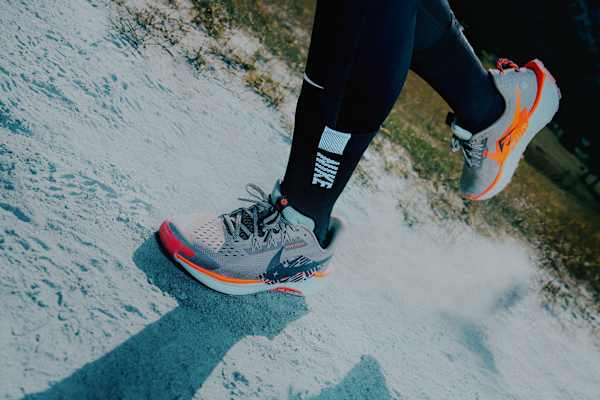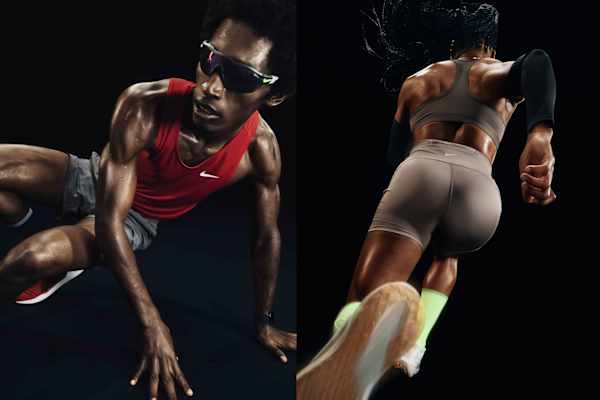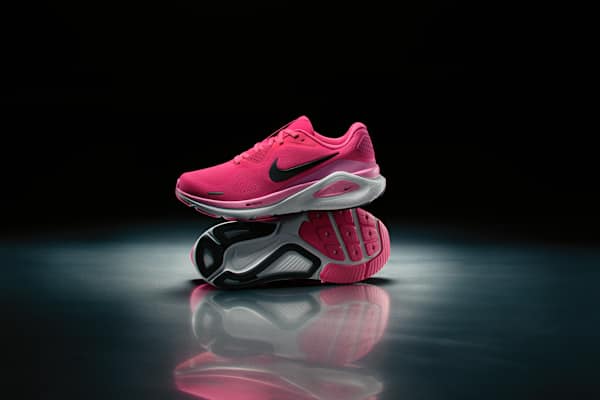The most comfortable running shoes by Nike
Buying guide
It all comes down to the right cushioning.
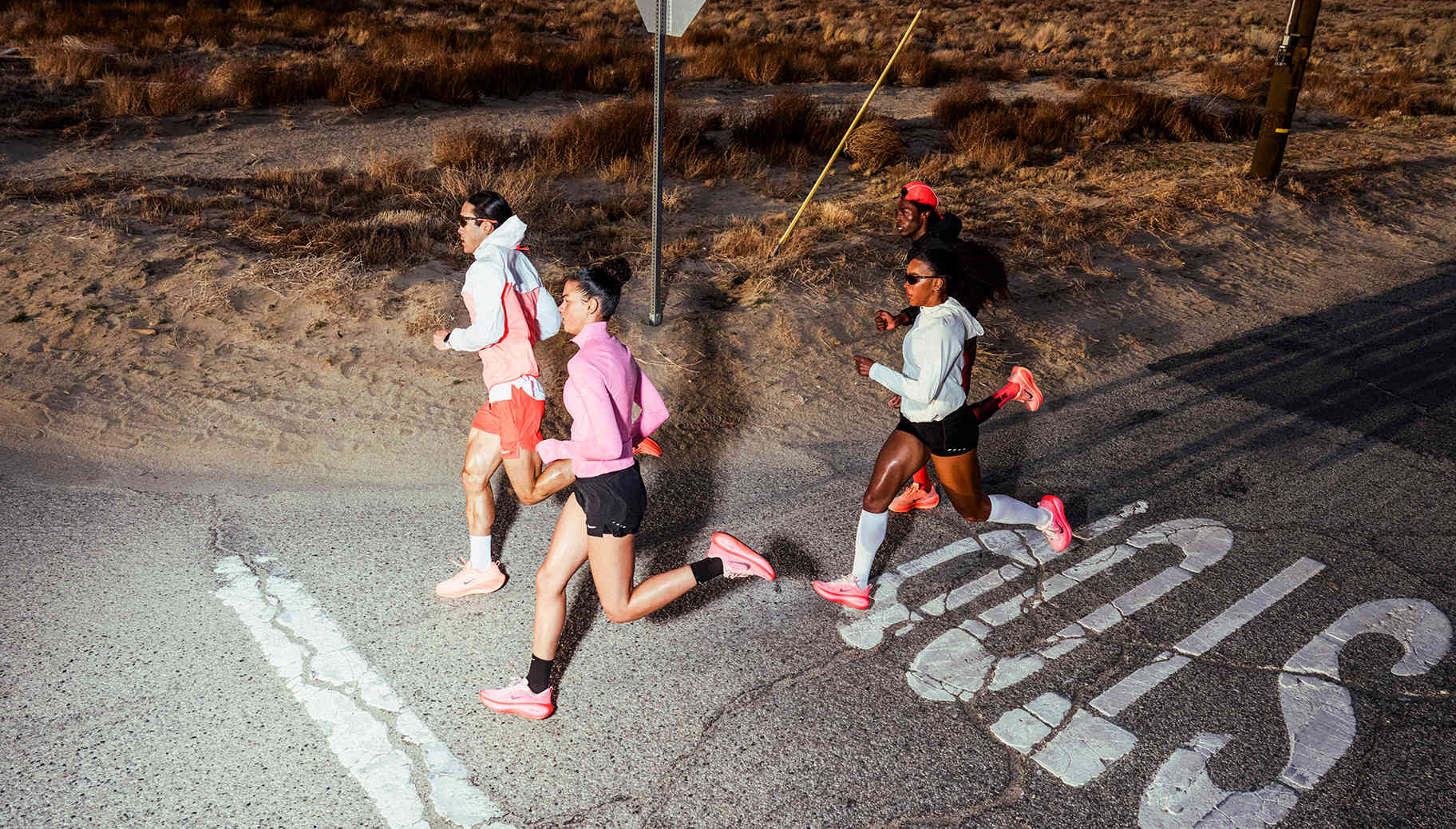
The secret to comfortable running shoes? The right cushioning. Foam provides softness, absorbs shock and can even correct alignment. It can also help reduce the chances of joint pain and injuries like shin splints and plantar fasciitis.
But not all cushioning is created equal. The right type for you depends on the shape of your feet and your running goals. Luckily, Nike has a wide selection of cushioning. Here's how to determine which kind you need and which shoes provide it.
What to consider
Start by visiting a Nike or specialist running shop for an analysis of your gait. You might learn that you have flat feet or low arches. These features can make you more susceptible to overpronation, which refers to runners who roll their feet inwards too much. Or you could have high arches and underpronate, referring to runners who roll their feet outwards too much. Once you know your feet, you can decide which type of cushioning you need.
The most supportive and comfortable running shoes: Nike Structure
If you have flat feet, low arches or you overpronate, seek out running shoes with supportive cushioning. Shoes like the Nike Structure can help adjust your alignment to a more neutral stance, providing more steadiness and stability. The midfoot support system and full-length ReactX foam midsole in the Structure 26 help prevent overpronation.
The most cushioned and comfortable running shoes: Nike Vomero
If you need more shock absorption and comfort, opt for maximum cushioning, which the Nike Vomero line delivers. Maximum cushioning is also helpful if you rack up a lot of miles, because of the repetitive impact. The Vomero 18 provides ample cushioning, thanks to a combination of ZoomX and ReactX foams that create a double-stacked cushion for the ultimate ride.
The most responsive and comfortable running shoes: Nike Pegasus
If you prefer a bit more energy return from your daily trainers, you need responsive cushioning. Since Nike Pegasus shoes have a little less foam, they're lighter in weight and offer more ground feel – making them the perfect daily trainers for short- or long-distance runs. For the most energy return, go for the Pegasus Premium, which features Nike ReactX and ZoomX foam and a sculpted, full-length Nike Air Zoom unit. The Pegasus Plus is lighter and features a full-length ZoomX foam midsole for tempo runs where you want to pick up the pace. For everyday runs, the Pegasus 41 includes ReactX foam in the midsole and two Air Zoom units, one at the forefoot and one at the heel.
The right fit is key
Keep in mind that feet tend to swell throughout the day, so try on shoes in the afternoon or evening to ensure the right fit and level of comfort. If you can, test them out by jogging around the shop.
Nike foam and footwear technology: A brief history
So what makes Nike running shoes feel so comfortable underfoot? The answer is in the history books.
In the 1990s, Nike's Zoom Air technology was born from athletes' need for more speed, responsiveness and snap, and less bounce. In the decades since, Nike has incorporated this innovative technology into an array of running shoes, from trainers to track spikes and more. In 2025, the company expanded its use with the launch of the Pegasus Premium, featuring Nike's first sculpted and visible Air Zoom unit. In doing so, it revolutionised what it means to be a comfortable running shoe.
Light on weight and heavy on energy return has been the plan for Nike ZoomX foam since its inception. And that's exactly what runners have felt with ZoomX since 2016. From then on, ZoomX foam has been an integral feature of many Nike road running shoes. From its debut in the Nike Zoom VaporFly 4% to the Nike Zoom Pegasus Turbo and Nike Vomero, this revolutionary foam has added a level of comfort to runners' feet everywhere.
Nike ReactX foam is a type of cushioning that made its debut much more recently. First appearing on the scene in 2023, this foam has been adding high-level performance and comfort to Nike running shoes ever since.
Frequently asked questions
How often should running shoes be replaced?
In general, it's best to replace running shoes after 300 to 500 miles of wear. However, this estimate doesn't take into account key factors like your gait, body weight and primary running surface. If your shoes have lost their bounce, develop an uneven wear pattern or cause blisters or soreness, consider springing for a fresh pair.
Are running shoes comfortable for walking?
Nike running shoes are built to provide support and cushioning for forward motion, making them well-suited for walking, too. The Nike Motiva is designed specifically for walking, jogging and running.
